✨ Discover Northern Vietnam’s Majestic Beauty in 4 Days!
Join us on an unforgettable 4-day, 3-night journey from Hanoi to Sapa, where cultural charm meets breathtaking nature. Explore ancient temples and bustling streets in the capital, then escape to the misty mountains of Sapa to trek through terraced rice fields, meet ethnic minority communities, and conquer the legendary Fansipan Peak. This tour is perfect for travelers seeking a blend of adventure, culture, and comfort in the heart of Northern Vietnam.
Tour Highlights
🚐 Luxury Limousine transfer (Hanoi – Sapa – Hanoi)
🏨 3 nights at a scenic hotel in Sapa (3-star or upgrade to 4-star available)
🌿 Trek through Cat Cat Village, Lao Chai, and Ta Van
🚡 Reach the Roof of Indochina – Fansipan Peak by cable car
🍲 Enjoy local cuisine: salmon hotpot, sticky rice, wild vegetables
📸 Capture epic views of rice terraces, mountain clouds, and ethnic villages
Recommended Tour Itinerary
Below is the detailed itinerary for the 4-day, 3-night free & easy Hanoi – Sapa tour, offering a cultural and historical exploration of Hanoi, explore the breathtaking landscapes of Northwest Vietnam, immerse yourself in the rich culture of local ethnic minorities, and savor the unique and flavorful cuisine of Sapa.
Day 1: Arrival in Hanoi – Explore the Charming Capital
📍 Overnight: 4-star hotel in Hanoi Old Quarter
🍽 Meals: Lunch & Dinner included
Morning
-
Pick-up at Noi Bai International Airport.
-
Transfer to the hotel in Hanoi’s Old Quarter for check-in and rest.
Afternoon
-
Start your city tour with:
-
Visit to the Temple of Literature, Vietnam’s first national university dating back to 1070.
-
A panoramic visit to Ho Chi Minh Mausoleum Complex, including One Pillar Pagoda and the Presidential Palace area.
-
-
Stroll around the scenic Hoan Kiem Lake and visit the historic Ngoc Son Temple.
Evening
-
Dinner at a top-rated fusion restaurant (recommended: Home Hanoi, Green Tangerine).
-
Enjoy free time exploring Hanoi’s Old Quarter at night – walk along Ta Hien Beer Street, check out live music bars, or unwind with a Vietnamese foot massage.
👉 Optional: Watch the Water Puppet Show, a traditional Vietnamese art form.
Day 2: Journey to Sapa – Discover Cat Cat Village
📍 Overnight: 4-5 star hotel or resort in Sapa
🍽 Meals: Breakfast, Lunch, Dinner
Morning
-
Depart for Sapa aboard a comfortable limousine bus (approx. 5.5–6 hours).
-
Scenic drive through the Red River Delta, past green rice fields and mountains.
Midday
-
Arrive in Sapa Town, situated at 1,500m above sea level, and check into your hotel.
-
Lunch at a local restaurant.
Afternoon
-
Visit Cat Cat Village, a centuries-old settlement of the Black H’mong ethnic group:
-
Admire the Tiên Sa waterfall and traditional wooden stilt houses.
-
Learn about local crafts: brocade weaving, forging, and herbal bathing rituals.
-
Enjoy photo stops with mountain backdrops and flower gardens.
-
Evening
-
Dine on local specialties: salmon hotpot, grilled pork, sticky rice.
-
Free time to explore Sapa Night Market, famous for local snacks and handmade souvenirs.
Day 3: Conquer Fansipan – Explore Muong Hoa Valley & Ethnic Villages
📍 Overnight: Hotel or luxury eco-homestay in Sapa
🍽 Meals: Breakfast, Lunch, Dinner
Morning
-
Ride the Fansipan cable car – the world’s longest three-rope cable system – to the “Roof of Indochina” at 3,143m:
-
Explore the Buddhist spiritual complex, including giant Buddha statues, Bich Van Zen Monastery, and scenic mountain viewpoints.
-
Breathe the fresh, crisp mountain air and take panoramic photos of the Hoang Lien Son range.
-
Afternoon
-
Return to Sapa for lunch.
-
Trek through the lush Muong Hoa Valley, one of the most beautiful valleys in Northern Vietnam:
-
Visit Lao Chai and Ta Van Villages, home to H’mong, Zay, and Dao ethnic minorities.
-
Observe the iconic terraced rice fields, bamboo bridges, and daily rural life.
-
Stop at ancient rock carvings dating back over 3,000 years.
-
👉 Optional upgrade: Use an electric buggy or guided jeep tour if you prefer not to trek.
Evening
-
Dinner at a cozy hilltop restaurant or enjoy a local family meal in a homestay.
-
Relax under the stars, listen to traditional folk music, or simply enjoy the peaceful Sapa night.
Day 4: Sapa Leisure – Return to Hanoi – Departure
🍽 Meals: Breakfast, Lunch
Morning
-
Enjoy a slow morning in Sapa:
-
Visit Sapa Market for local goods: herbal tea, mountain honey, silver jewelry, and hand-woven textiles.
-
Have coffee at a view cafe overlooking the Fansipan summit or visit the Stone Church of Sapa (built by the French in 1935).
-
Midday
-
Lunch at a local restaurant and hotel checkout.
-
Begin the return journey to Hanoi by limousine.
Evening
-
Estimated arrival in Hanoi around 7:00–8:00 PM.
-
Transfer to the airport for evening flights or overnight stay if extending the trip.
HANOI CAPITAL – THINGS TO DO AND SEE
Hanoi, the capital of Vietnam, is a city where history, culture, and daily life intersect in fascinating ways. With its centuries-old temples, lively street food scene, and the buzz of motorbikes weaving through narrow alleys, Hanoi offers an experience that’s both intense and rewarding.
Whether you're visiting for the first time or coming back for more, here are the best things to do and see in Hanoi – places that showcase the city’s character and rhythm.
1. Explore the Old Quarter
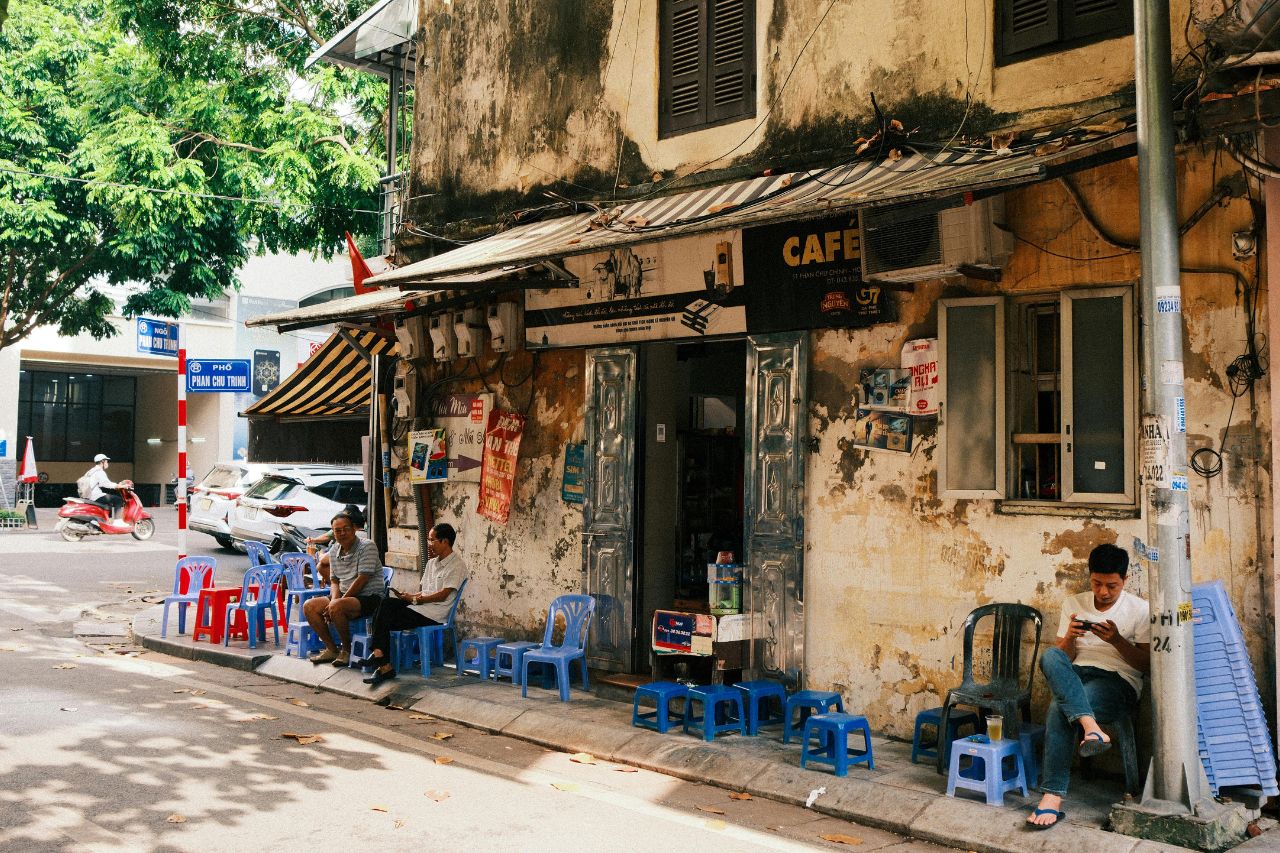
Hanoi’s Old Quarter is the beating heart of the city. It’s a maze of narrow streets, each traditionally named after the product once sold there – from silver and paper to herbs and bamboo. While those trades have faded in some areas, the charm remains.
Wandering around here is a must. You'll see colonial-era buildings with moss-covered walls, shopfronts barely wide enough for one person, and locals sitting on plastic stools sipping tea or slurping noodles. Stop by a street vendor for a quick snack or pop into a tiny bar tucked away behind a café. The chaos is part of the magic.
2. Visit Hoan Kiem Lake and Ngoc Son Temple

In the center of Hanoi, Hoan Kiem Lake offers a peaceful contrast to the busy streets. Locals come here early in the morning to jog, do tai chi, or simply enjoy the calm. The lake is especially beautiful at sunrise or after dark, when the lights from surrounding buildings reflect on the water.
On the northern end of the lake sits Ngoc Son Temple, accessible via a red wooden bridge. The temple is small but full of symbolism and spiritual meaning. It’s a good spot to slow down and appreciate traditional Vietnamese architecture.
3. Try Hanoi’s Street Food
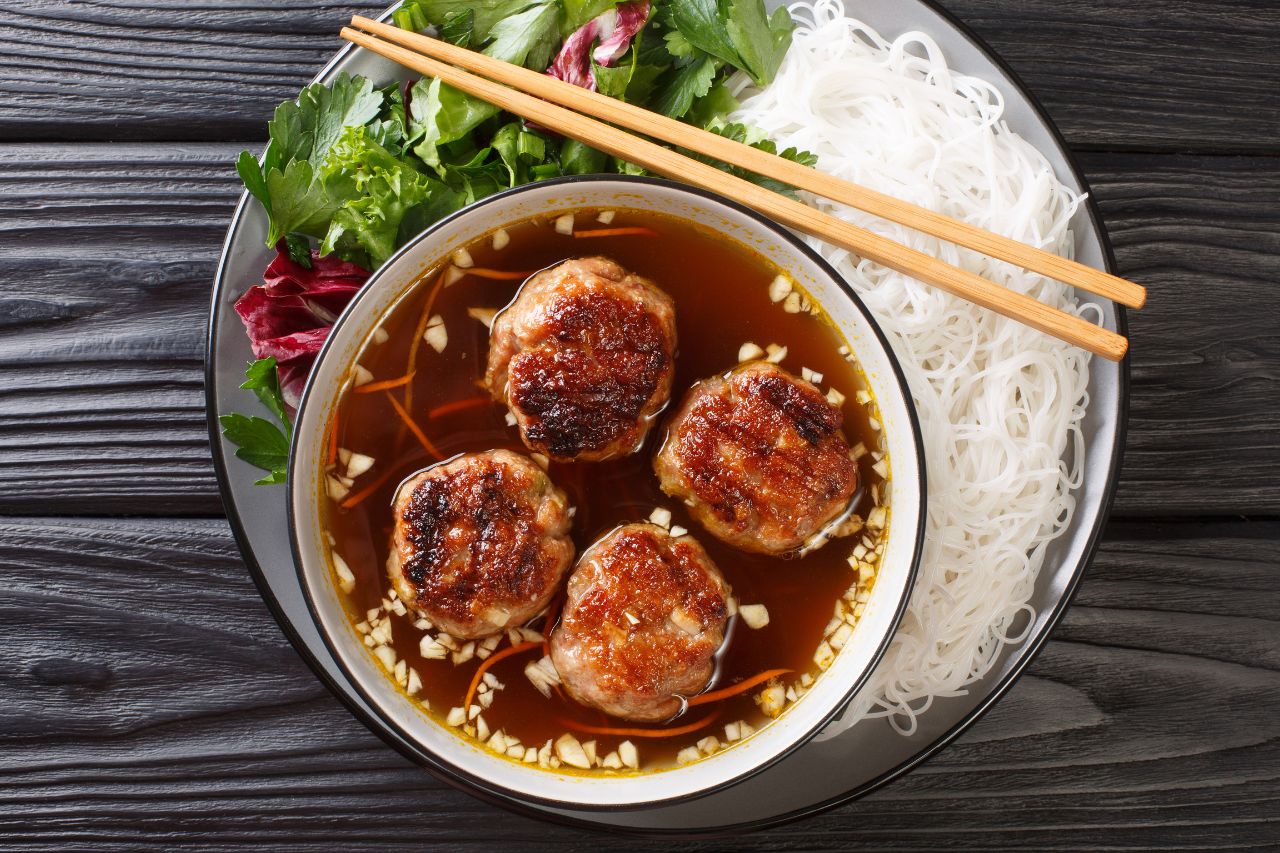
Hanoi is one of the best food cities in Southeast Asia. It’s not about fancy restaurants – the real stars are on the sidewalks.
Start with pho – Vietnam’s iconic noodle soup. While pho is popular nationwide, Hanoi-style pho is lighter and more delicate. Next, try bun cha – grilled pork served with rice noodles, herbs, and dipping sauce. President Obama famously ate it at a small shop on Le Van Huu Street.
Don’t skip banh mi, xoi (sticky rice), or nem ran (fried spring rolls). If you're feeling adventurous, try egg coffee – a creamy, sweet drink made with egg yolks, sugar, and strong Vietnamese coffee. Café Giang, the birthplace of egg coffee, is a solid choice.
4. Pay Respect at the Ho Chi Minh Mausoleum

One of the most important landmarks in Hanoi, the Ho Chi Minh Mausoleum is where the embalmed body of the founding father of modern Vietnam lies in state. It’s a solemn and symbolic place, and visitors are expected to dress respectfully and stay silent.
After viewing the mausoleum, explore the surrounding area. The Presidential Palace, Ho Chi Minh’s stilt house, and the One Pillar Pagoda are all nearby, offering insight into Vietnam’s political history and architectural styles.
5. Take a Walk Through the Temple of Literature

Built in 1070, the Temple of Literature was Vietnam’s first university and remains one of Hanoi’s most beautiful historic sites. The complex features peaceful courtyards, ancient stone stelae, and well-preserved pavilions that honor Confucian scholars.
It’s not only a tourist site but also a place of inspiration for students and graduates. During exam season, you’ll often see students visiting to pray for success.
6. Visit the Vietnamese Women’s Museum or Museum of Ethnology
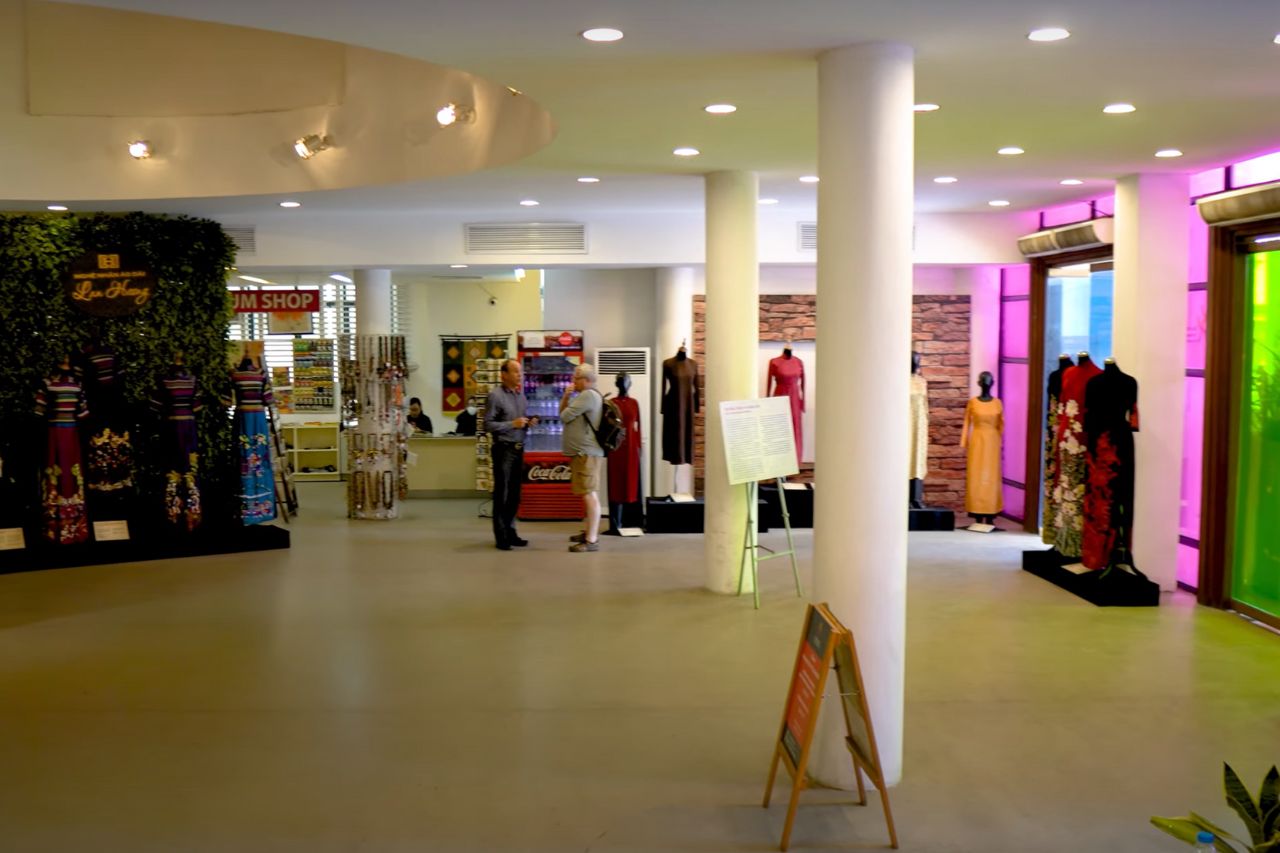
For deeper cultural context, head to one (or both) of these excellent museums.
The Vietnamese Women’s Museum celebrates the role of women in Vietnam’s society and history – from mothers and farmers to soldiers and leaders. It's modern, informative, and eye-opening.
The Vietnam Museum of Ethnology, on the other hand, offers a look into the lives and customs of Vietnam’s 54 ethnic groups. The outdoor exhibits with full-scale houses are particularly impressive.
7. Watch a Traditional Water Puppet Show

Water puppetry is a unique Vietnamese art form that dates back to the 11th century. Using water as the stage, puppeteers behind a screen manipulate lacquered wooden puppets to perform folk stories, often accompanied by live traditional music.
The Thang Long Water Puppet Theater, near Hoan Kiem Lake, is the most popular venue. While the show is in Vietnamese, the performances are easy to follow and offer a fun cultural experience.
8. Hang Out in Tay Ho (West Lake)
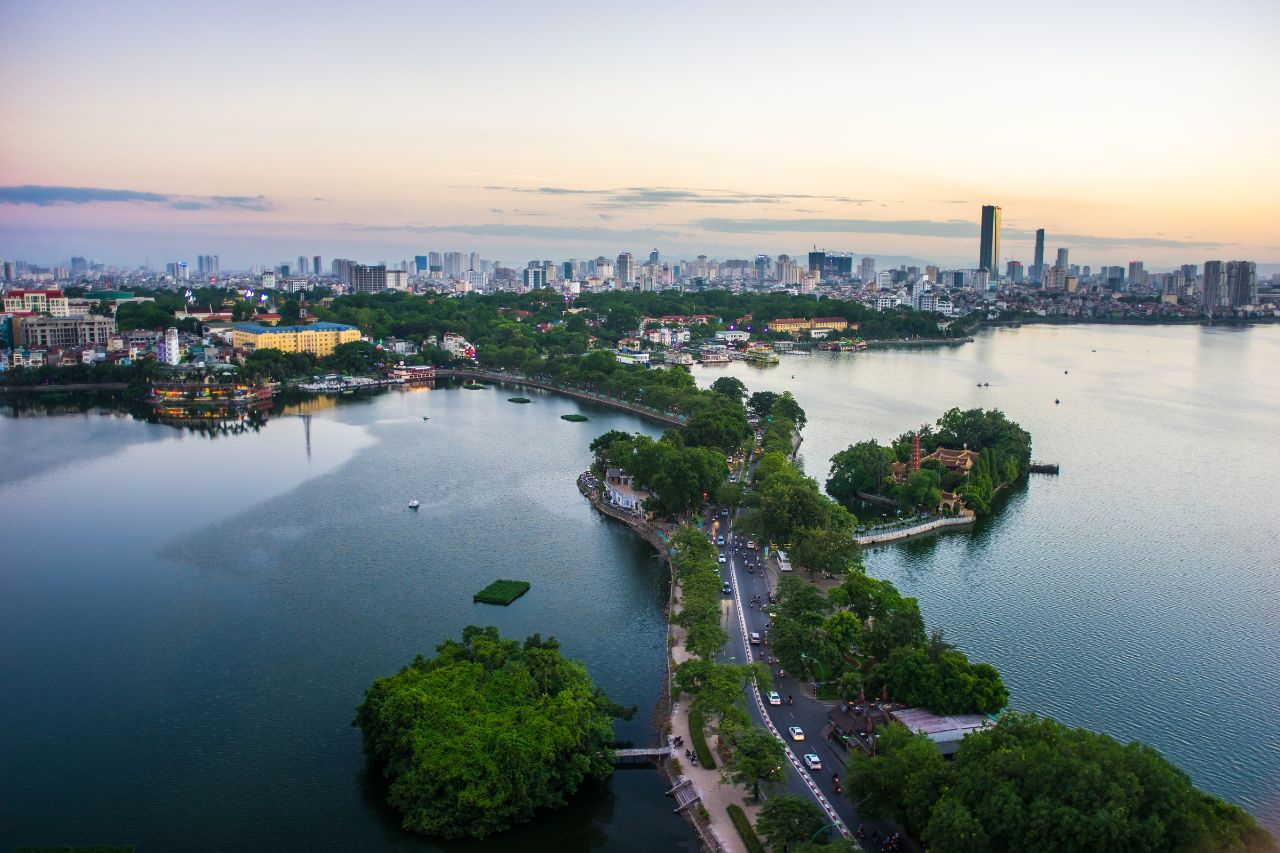
West Lake is Hanoi’s largest freshwater lake and a quieter area to escape the intensity of downtown. The neighborhoods around it are home to a mix of locals, expats, and artists. It’s a great place to rent a bike, enjoy lakeside cafés, or visit historical sites like Tran Quoc Pagoda – the oldest Buddhist temple in Hanoi.
Sunset over the lake is stunning, and the area comes alive in the evening with casual bars and cozy restaurants.
9. Get Lost in Local Markets
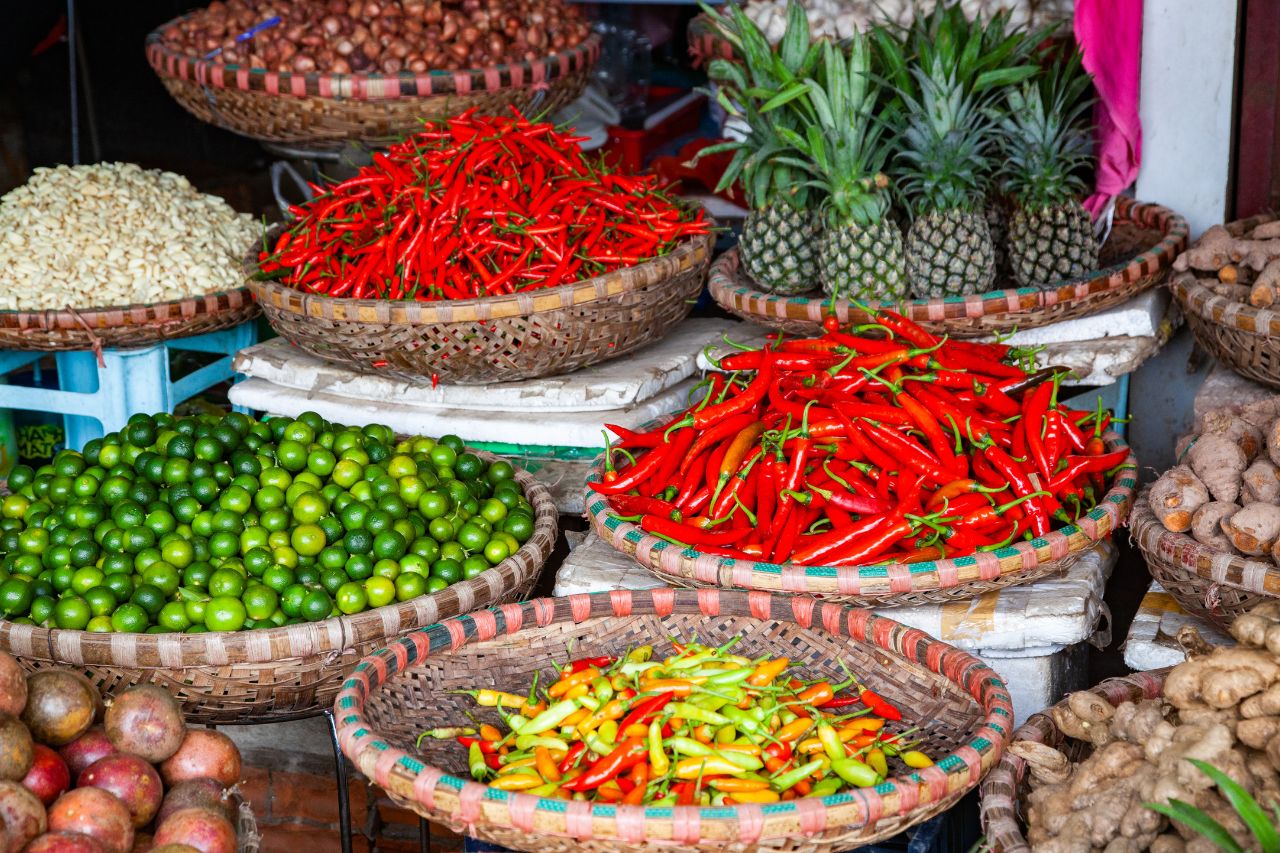
Markets are a window into local life, and Hanoi has no shortage of them. Dong Xuan Market is the largest, offering everything from dried seafood and fabric to souvenirs and electronics. It can be hectic, but it's worth checking out.
For a more laid-back vibe, try Hom Market for fresh produce or explore neighborhood wet markets early in the morning. It’s raw, real, and very Hanoi.
10. Take a Day Trip Outside the City

If you have extra time, consider a short trip outside Hanoi. Popular options include:
-
Bat Trang Pottery Village – known for centuries-old ceramics and hands-on workshops.
-
Perfume Pagoda – a scenic complex of temples set in limestone mountains.
-
Duong Lam Ancient Village – for a glimpse into rural life with ancient houses and temples.
11. Ha Noi Cathedral
 Ha Noi Cathedral was built on the site of the former Bao Thien Tower, which was famous in the ancient capital of Thang Long under the Ly Dynasty (the 11th and 12th centuries). Ha Noi Cathedral, also known as Saint Joseph’s Cathedral, was inaugurated on Christmas Day 1886, two years after its construction. Its design is similar to the architecture of Notre Dame Cathedral in Paris.
Ha Noi Cathedral was built on the site of the former Bao Thien Tower, which was famous in the ancient capital of Thang Long under the Ly Dynasty (the 11th and 12th centuries). Ha Noi Cathedral, also known as Saint Joseph’s Cathedral, was inaugurated on Christmas Day 1886, two years after its construction. Its design is similar to the architecture of Notre Dame Cathedral in Paris.
12. Hanoi Opera House
 One of the most elegant buildings in all of Hanoi is undoubtedly the Hanoi Opera House in the heart of the French Quarter. Built in 1911, is exudes Parisian charm from its ivory-toned columns, ornate balustrades and Gothic domes. Inside, performances range from opera, to dance, drama and international artists from every corner of the world. Large events are well publicized so keep an eye out and you might get lucky and get to see one of the world’s leading performers in one of the most beautiful buildings in Asia
One of the most elegant buildings in all of Hanoi is undoubtedly the Hanoi Opera House in the heart of the French Quarter. Built in 1911, is exudes Parisian charm from its ivory-toned columns, ornate balustrades and Gothic domes. Inside, performances range from opera, to dance, drama and international artists from every corner of the world. Large events are well publicized so keep an eye out and you might get lucky and get to see one of the world’s leading performers in one of the most beautiful buildings in Asia
13. Imperial Citadel of Thang Long
 The Imperial Citadel of Thang Long is an intriguing relic of Vietnam’s history and, signifying its historical and cultural importance, is now a UNESCO World Heritage Site. Standing 40 metres high, the central flag tower is the most recognizable feature of the Imperial Citadel and is often used as a symbol of Hanoi. This was the centre of ancient Hanoi and served as the political centre for eight centuries. Located in Ba Dinh, the Imperial Citadel of Thang Long is close to many other tourist attractions.
The Imperial Citadel of Thang Long is an intriguing relic of Vietnam’s history and, signifying its historical and cultural importance, is now a UNESCO World Heritage Site. Standing 40 metres high, the central flag tower is the most recognizable feature of the Imperial Citadel and is often used as a symbol of Hanoi. This was the centre of ancient Hanoi and served as the political centre for eight centuries. Located in Ba Dinh, the Imperial Citadel of Thang Long is close to many other tourist attractions.
Hanoi isn’t a city that tries to impress you with skyscrapers or flashy attractions. Instead, it invites you to look closer – to observe how history lives in its streets, how people adapt tradition to modern life, and how chaos and calm somehow coexist.
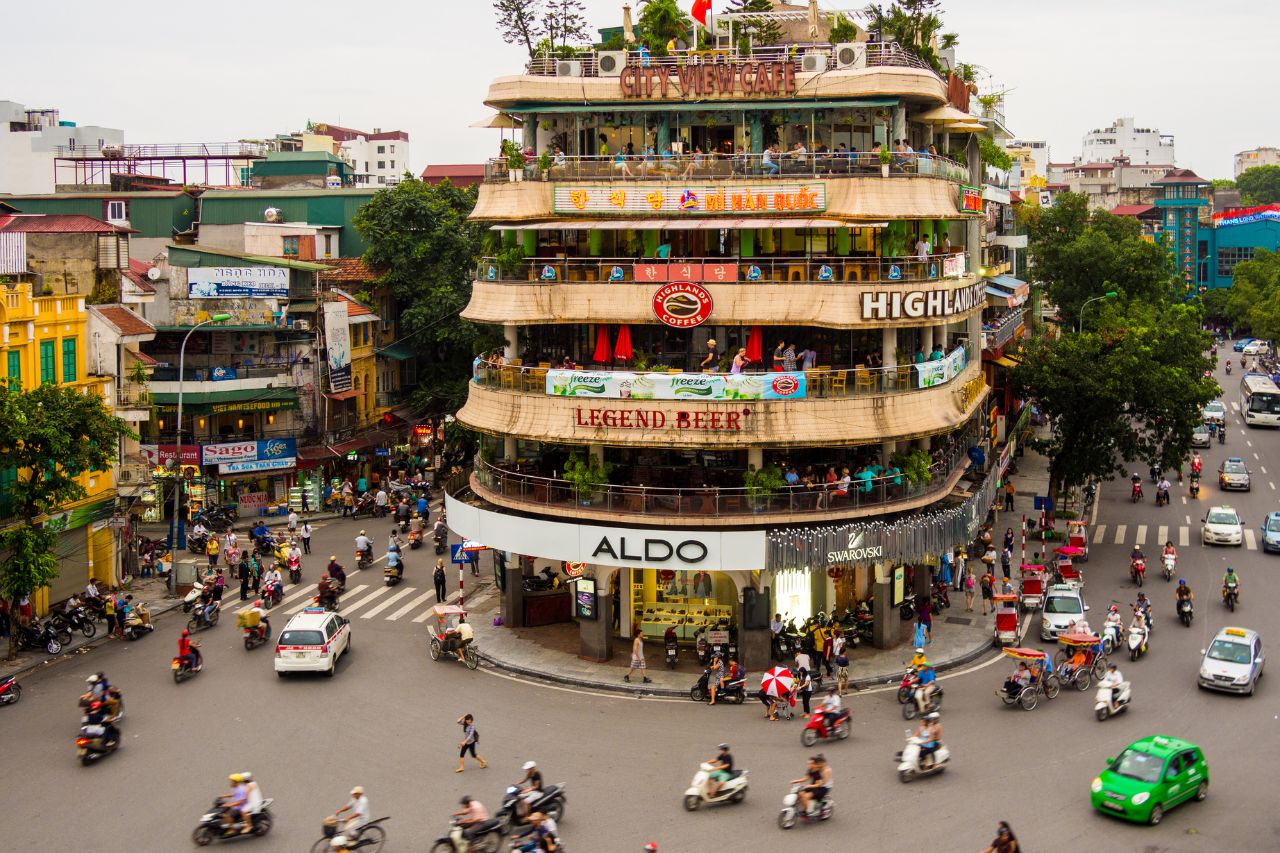
It’s not always easy to describe Hanoi. It’s loud but poetic, old but constantly changing. But once you’ve walked its streets, tasted its food, and watched the city breathe at night – you’ll understand why so many travelers fall in love with it.
SAPA TOWN - THINGS TO DO AND SEE
Nestled in the misty mountains of northern Vietnam, Sapa Town is a captivating destination known for its breathtaking scenery, rich cultural tapestry, and adventurous spirit. Whether you're a nature lover, a cultural explorer, or just seeking a quiet escape, Sapa offers something unique for everyone. This comprehensive guide will walk you through the top things to do and see in Sapa.
🌾 Must-See Attractions in Sapa
Tucked away in the misty highlands of northwest Vietnam, Sapa is a charming mountain town famed for its dramatic rice terraces, ethnic diversity, and cool climate. Whether you're seeking cultural encounters, breathtaking landscapes, or adventurous treks, Sapa offers a unique blend of experiences that captivate every traveler. Here's your complete guide to the best things see in Sapa.🏞️ Fansipan Mountain (The Roof of Indochina)
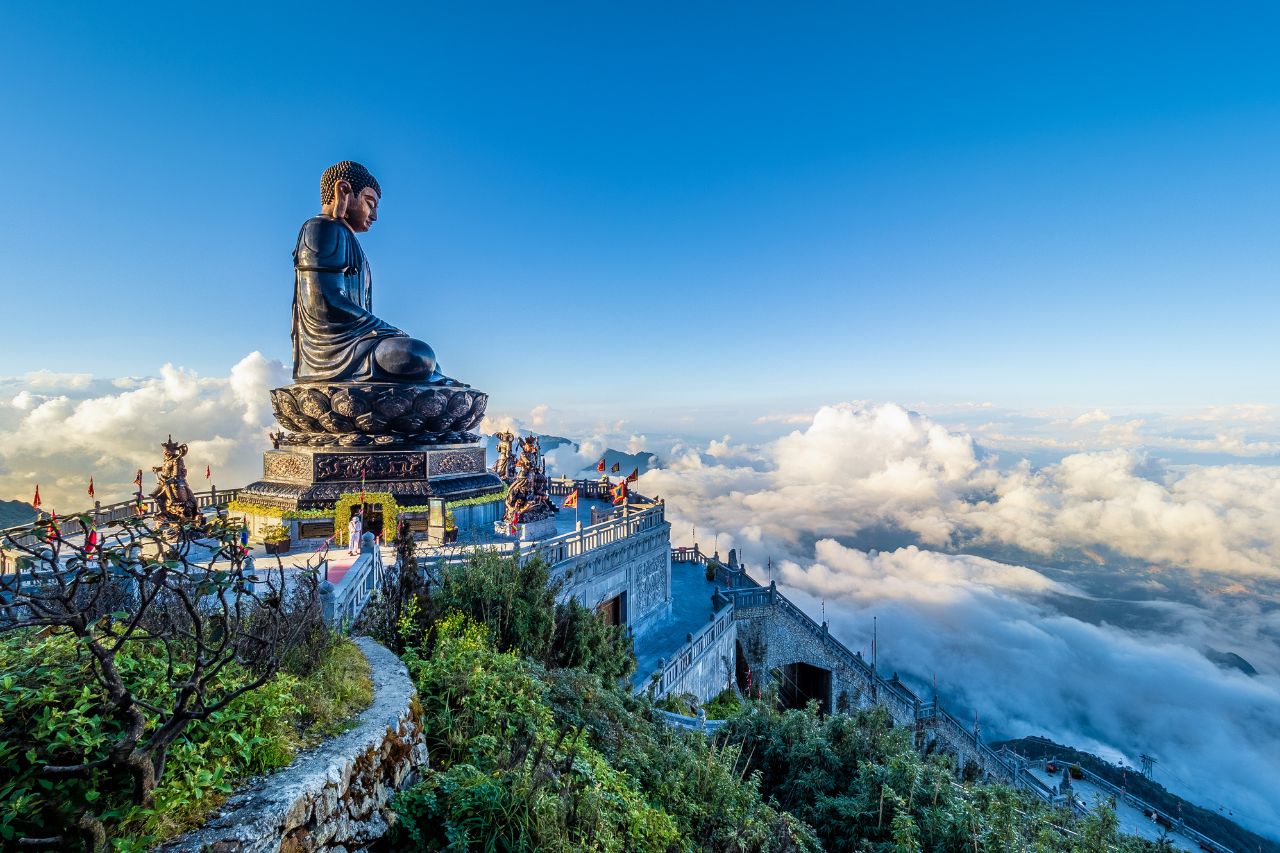
Standing tall at 3,143 meters, Fansipan is the highest peak in Indochina. You can reach the summit via:
-
Cable car: A fast, scenic option from Muong Hoa Valley.
-
Trekking: For seasoned hikers, a guided trek takes 2–3 days and offers rewarding views.
🌉 Golden Bridge & Fansipan Legend
Once you arrive by cable car, explore the Sun World Fansipan Legend complex, featuring a majestic Buddha statue, pagodas, and the iconic Golden Bridge, which offers panoramic views over the clouds.
🌾 Muong Hoa Valley

One of the most picturesque valleys in Vietnam, Muong Hoa is a must-visit:
-
Ancient rock carvings
-
Rice terraces that change color with the seasons
-
Walking paths through ethnic minority villages
🛖 Cat Cat Village

Located just 2 km from Sapa town, Cat Cat is home to the Hmong people. Explore:
-
Traditional stilt houses
-
Local handicrafts
-
Waterfalls and flower gardens
🚶 Ta Phin Village

A cultural gem, Ta Phin Village is inhabited by the Red Dao ethnic group. Enjoy:
-
Herbal bath experiences
-
Authentic homestays
-
Traditional brocade weaving
🌉 O Quy Ho Pass

One of Vietnam’s highest mountain passes, O Quy Ho offers:
-
Breathtaking views
-
Ideal spots for photography
-
Romantic sunset vistas
🌄 Ham Rong Mountain
Climb Ham Rong right from the center of Sapa for:
-
Flower gardens
-
Stone sculptures
-
A panoramic view of Sapa Town
🏛️ Sapa Church

Built during the French colonial era, this stone church in the town center is:
-
A local landmark
-
The site of weekend ethnic markets and cultural performances
🧗 Top Activities in Sapa
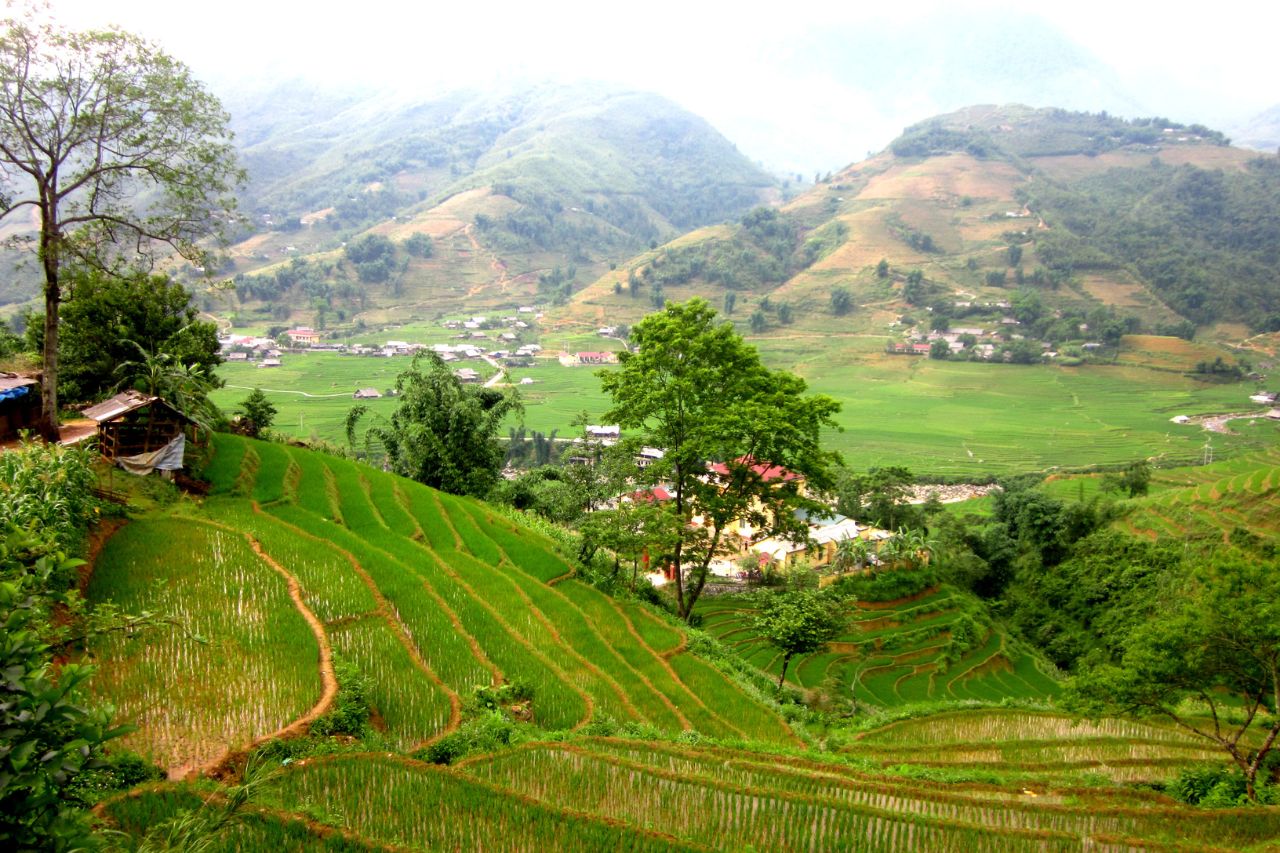
🥾 Trekking Through Rice Terraces
Trekking is Sapa’s top activity. Popular trekking routes include:
-
Lao Chai – Ta Van
-
Sin Chai – Y Linh Ho
-
Ban Ho – Nam Cang
You’ll pass through rice fields, meet locals, and stay overnight in cozy village homestays.
🐎 Ethnic Market Visits
If your trip aligns with a market day, don’t miss:
-
Bac Ha Market (Sunday): Best known for ethnic diversity.
-
Coc Ly Market (Tuesday): Smaller, authentic atmosphere.
-
Can Cau Market (Saturday): Set against scenic backdrops.
🚴 Cycling Adventures
Mountain biking is growing in popularity. Suggested trails:
-
Sapa – Ta Van – Ban Ho
-
Sapa – O Quy Ho Pass
-
Sapa – Silver Waterfall
🧘 Herbal Bath & Wellness
Unwind with a Red Dao herbal bath, famous for:
-
Natural healing herbs
-
Detoxifying effects
-
Relaxation after a long trek
📸 Photography & Drone Shots
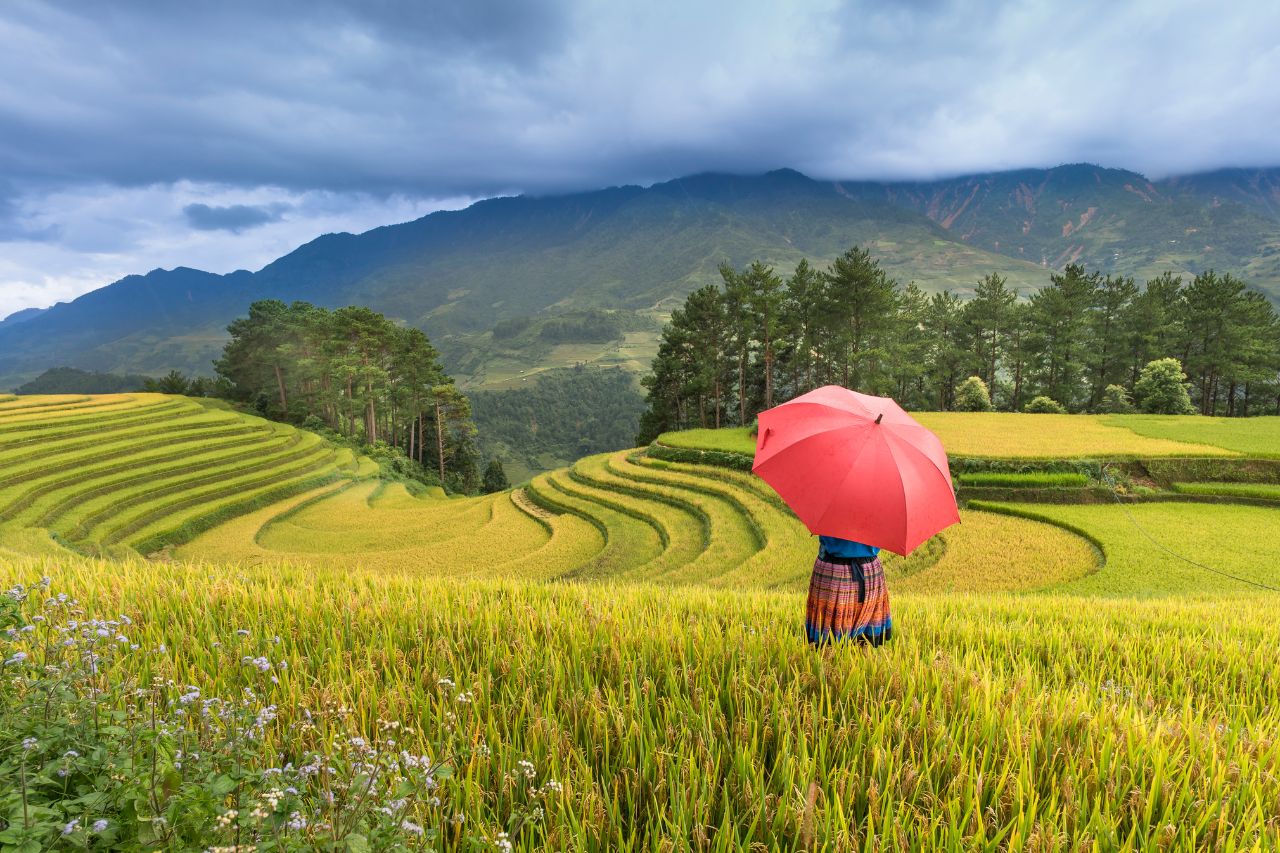
With ever-changing mists, golden fields, and mountain peaks, Sapa is a dream for photographers.


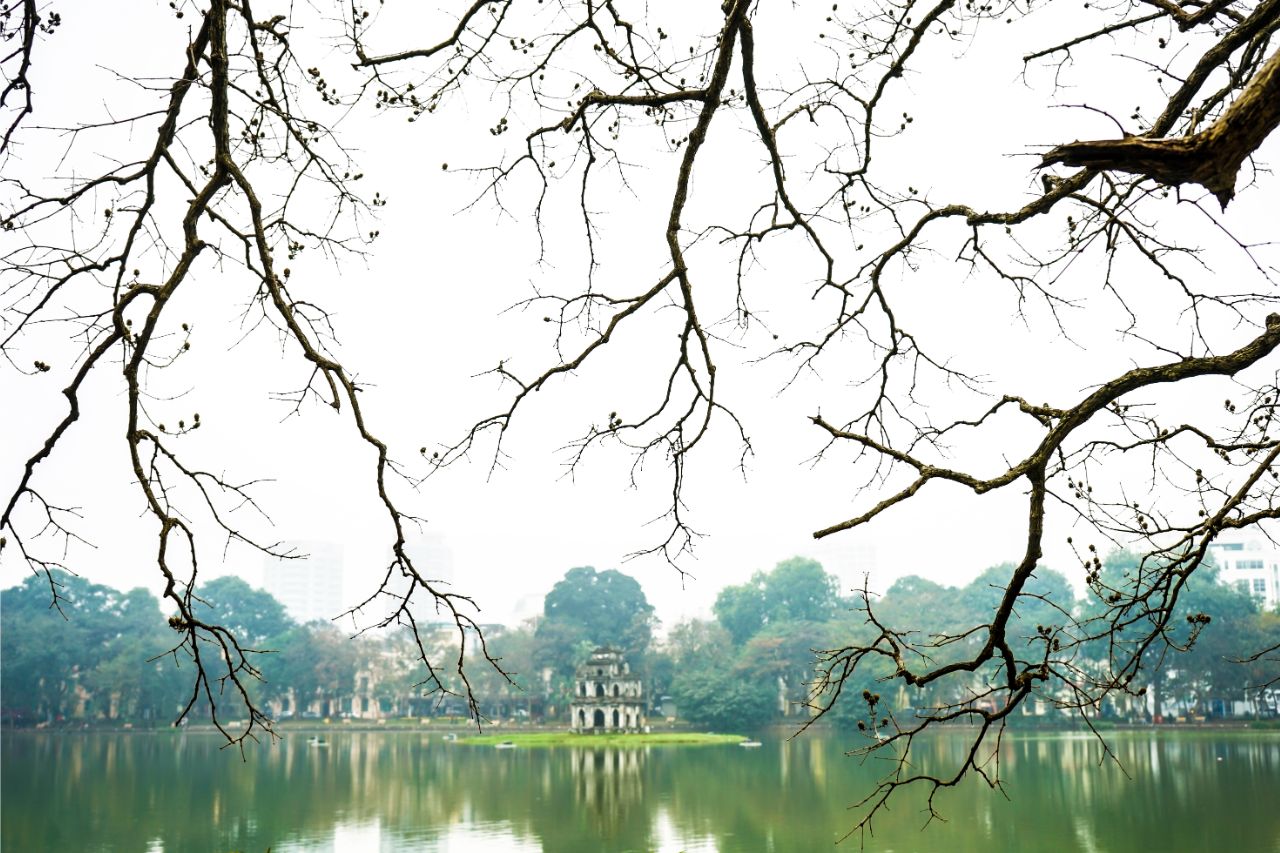
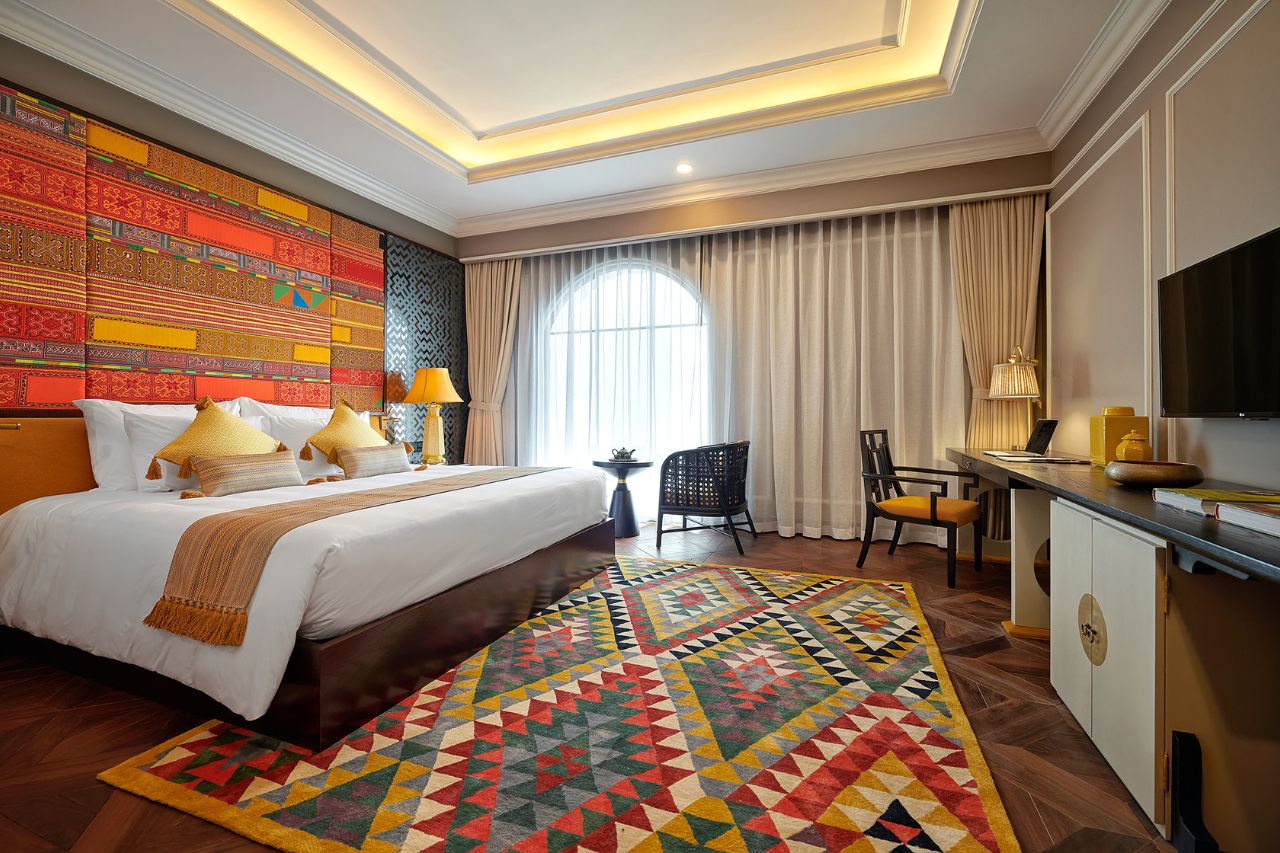

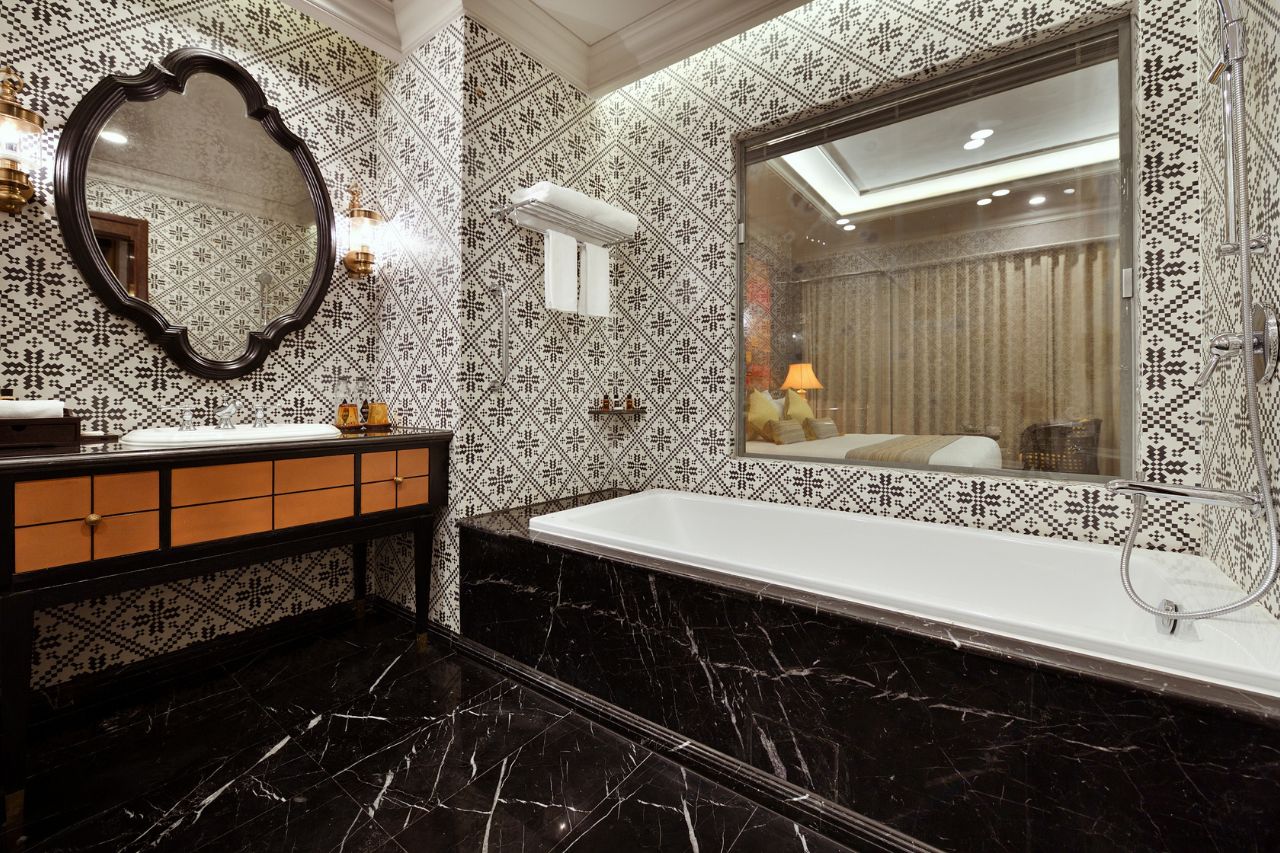
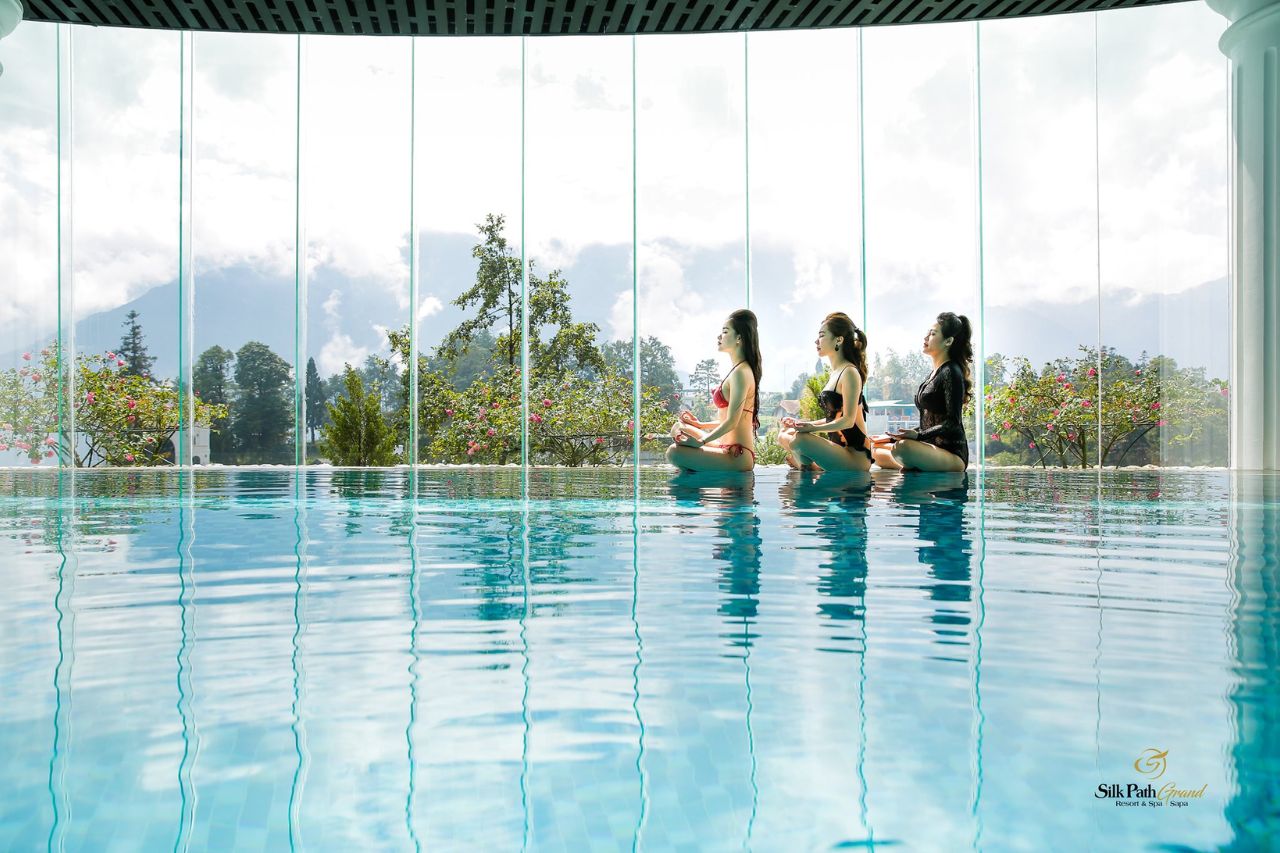
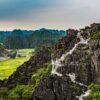


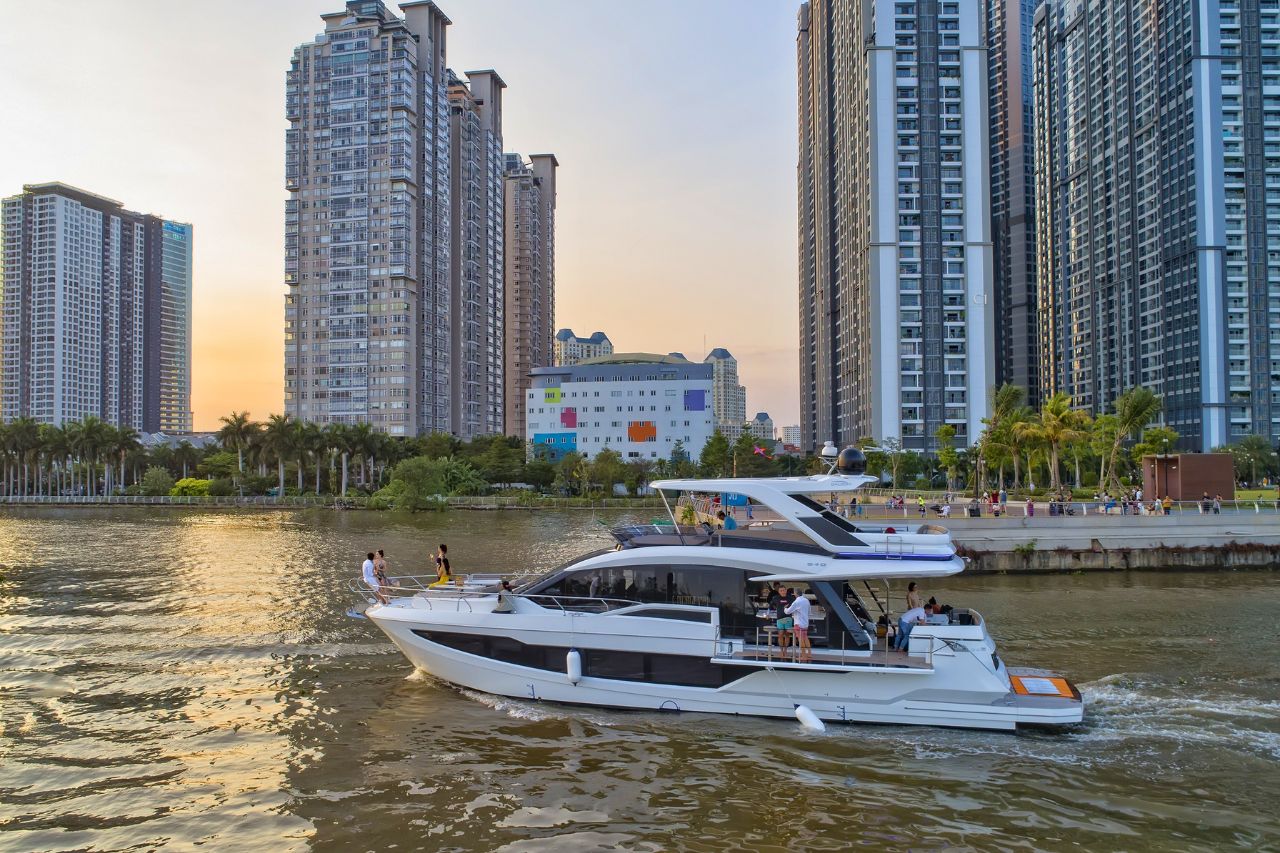
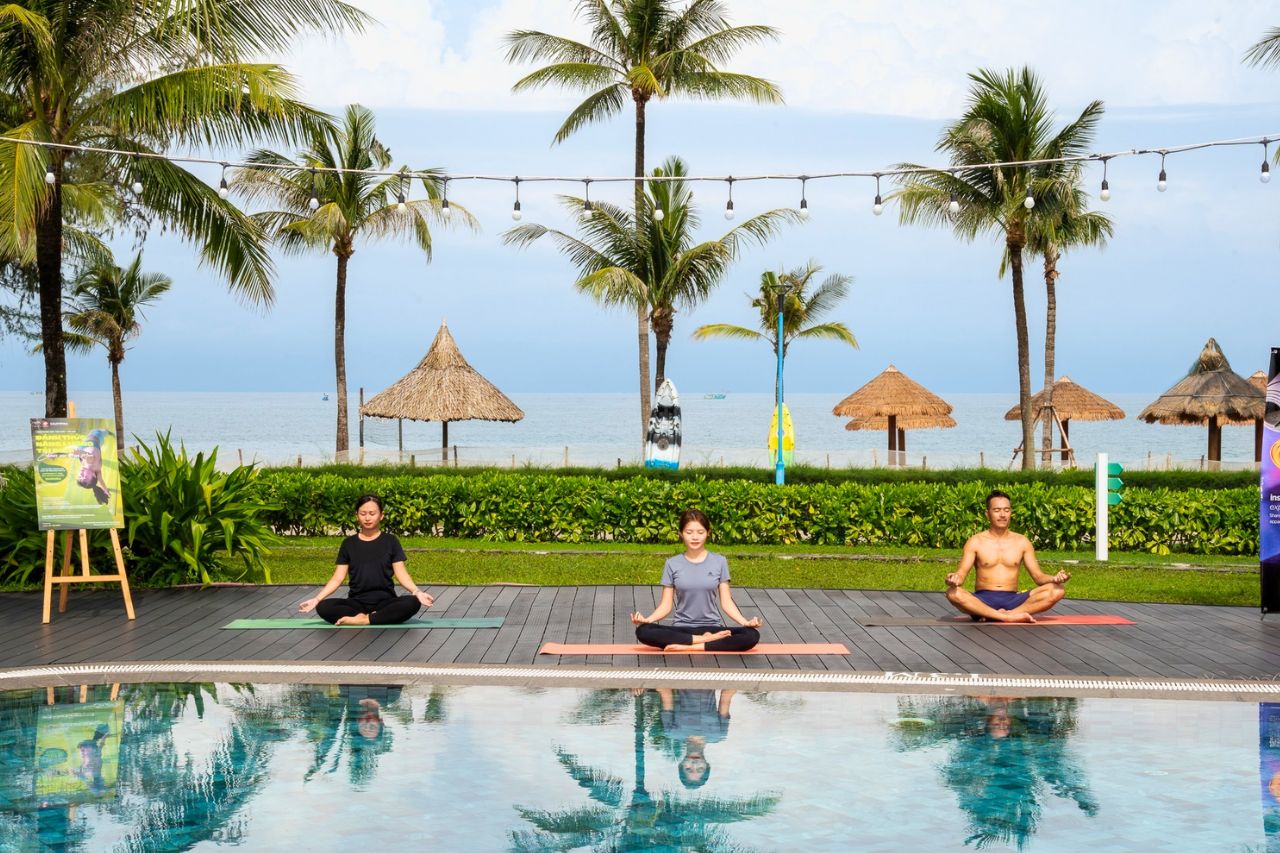



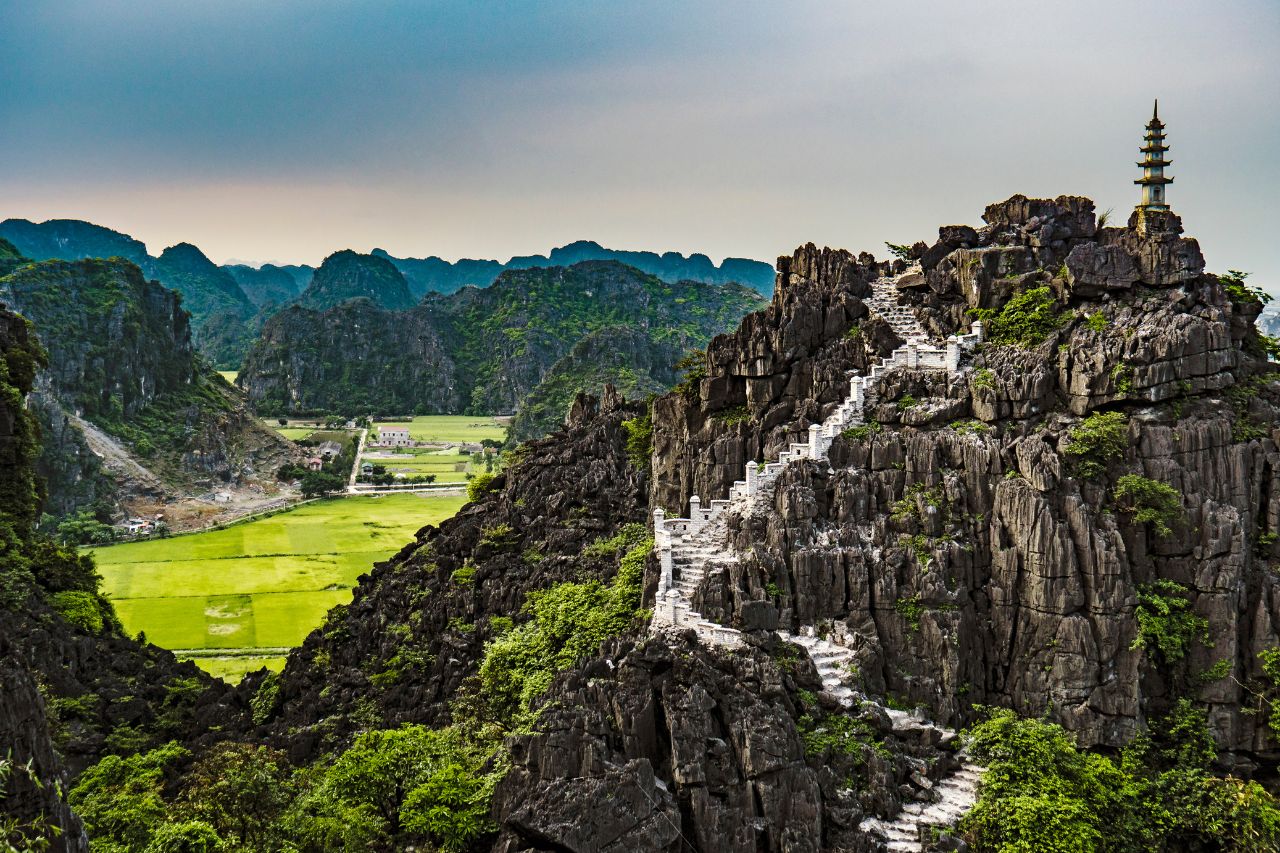
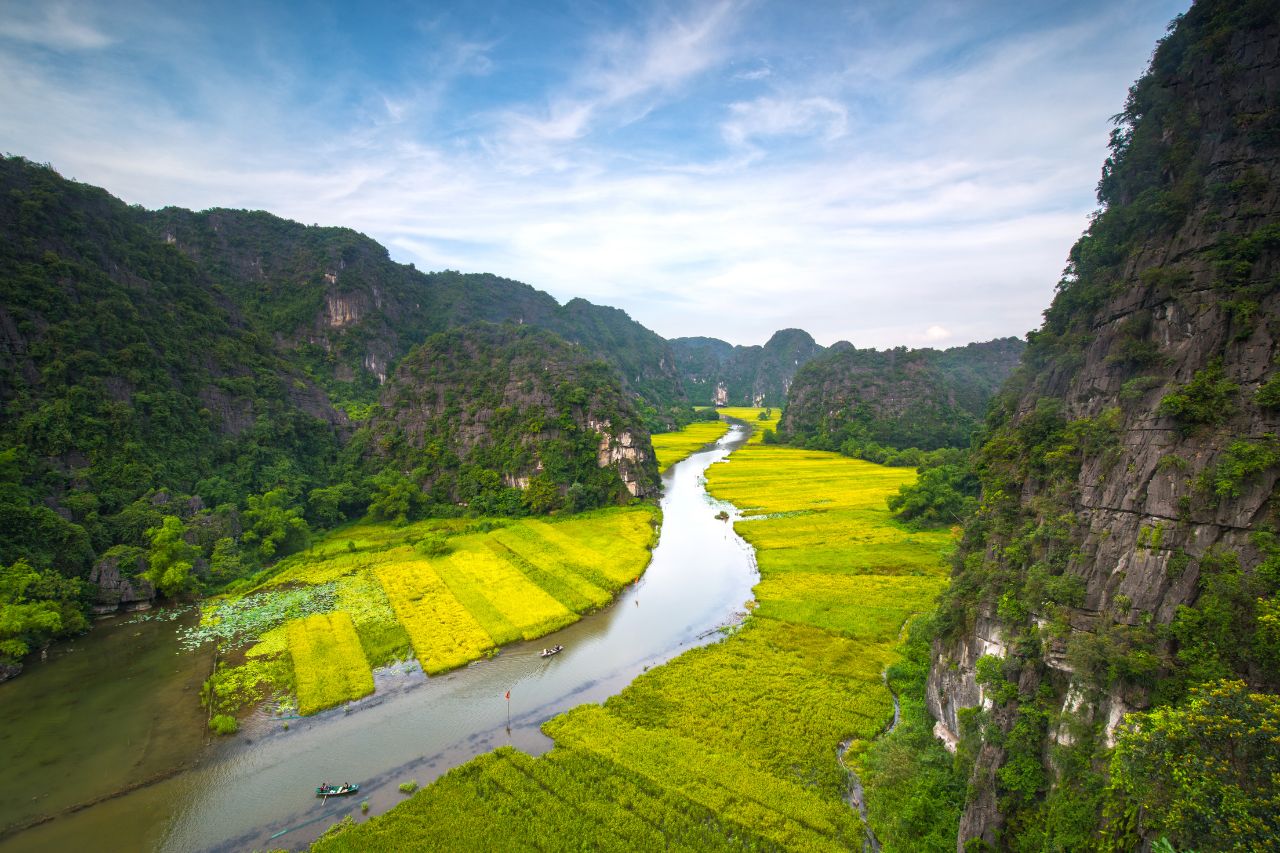
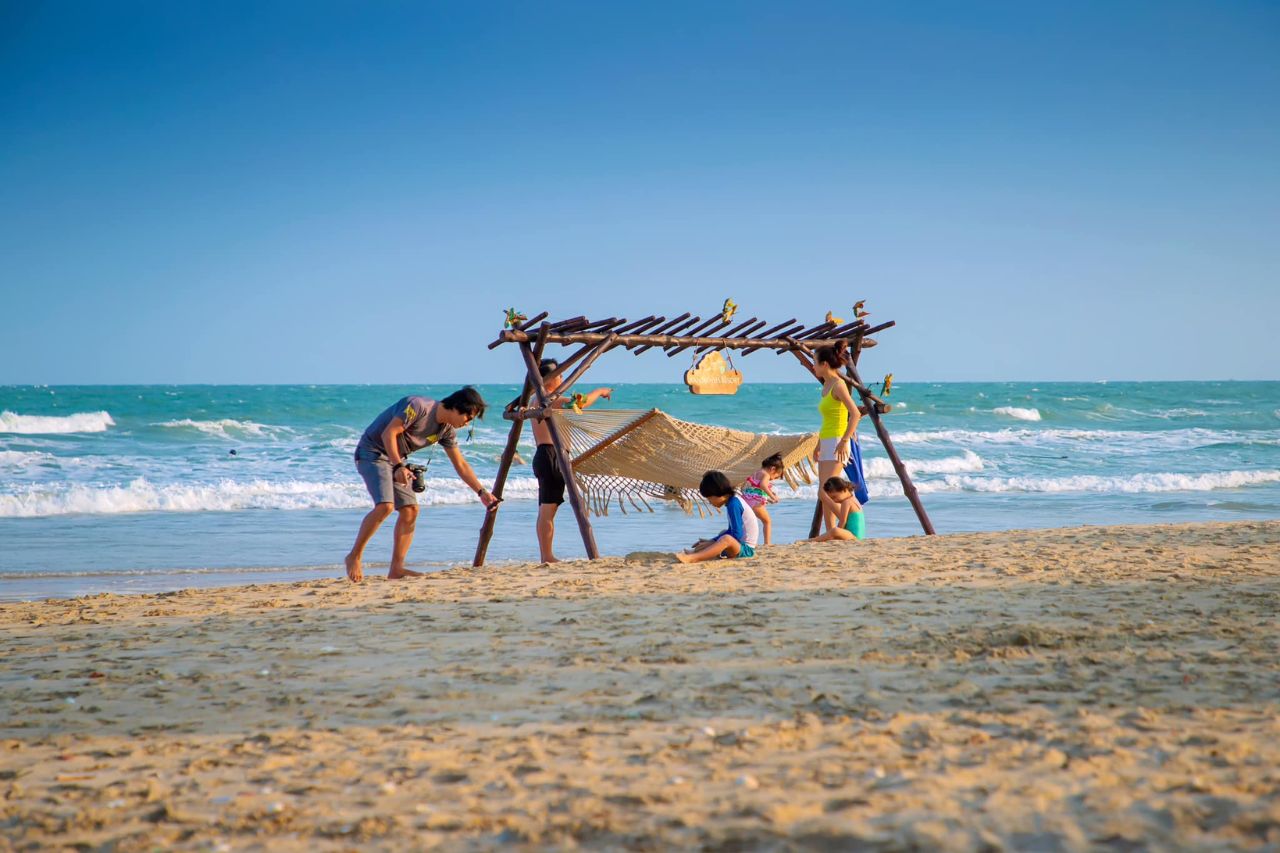

Reviews
There are no reviews yet.